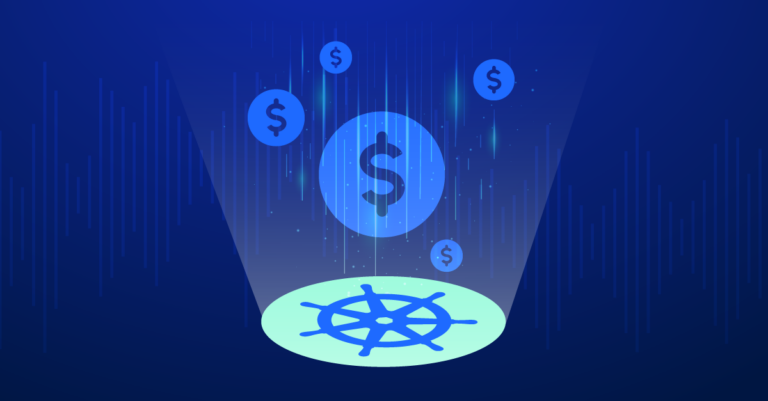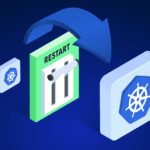
Why major Kubernetes monitoring vendors miss the mark on cost visibility
Any DevOps engineer or developer will tell you off the bat that comprehensive performance monitoring is crucial for effective management and optimization of Kubernetes (K8s) environments, where dozens – if not hundreds – of different services and microservices run in unison. But few people talk about the imperative of granular cost visibility for K8s infrastructure. Major players in the market are renowned for their robust tools that monitor performance metrics and infrastructure health. However, these leading tools often underperform in one critical area: they fail to provide granular cost visibility within Kubernetes clusters.
This article explores the limitations of current monitoring tools in revealing true cost metrics in complex Kubernetes environments.
The Cost Visibility Gap in Kubernetes
Kubernetes, by its nature, presents a complex mesh of dynamic resources that can be difficult to track with traditional monitoring tools. While existing systems excel in tracking standard metrics such as CPU usage, memory consumption, and performance thresholds, they often fall short in providing deep insights into cost management. Recently, this issue has been given more consideration by the major players in this arena, adding cost management features to their platforms. However, these capabilities often come at a high cost and lack insights into specific workloads, which is what DevOps engineers and developers need to understand how much each application or service actually costs the company.
Understanding and optimizing resource usage within Kubernetes clusters demand a level of granularity that goes beyond what most traditional tools offer. Werner Vogels gave an outstanding example of the importance of cost visibility during his keynote at AWS re:Invent 2023. He talked about efforts to reduce the energy costs of heating systems in Amsterdam. After surveying the usage patterns of the city’s residents, they discovered that the heating systems in households with very high usage tended to be located in the basement, where no one actually sees it. In households where the heating system was more accessible were a lot more aware of their usage and were more inclined to regulate it. This stresses the need for granular visibility, as without awareness of the problem, DevOps engineers and developers cannot be expected to effectively mitigate it.
Current tools do not align perfectly with the needs of Kubernetes, leading to a disconnect between what developers manage and what finance teams need to know. This gap leads to periodic reviews that are more reactive than proactive, causing cyclical inefficiencies and persistent issues in cost management.
Solutions and Alternatives
An ideal cost visibility tool for Kubernetes should offer detailed insights into resource utilization, application cost segmentation, cost implications of scaling decisions, and predictive analytics to forecast future expenditures. As the industry recognizes these gaps, emerging tools and practices are beginning to address these needs more effectively. Integrating cost management tools that offer these features into the DevOps cycle can bridge the gap between operational performance and financial accountability, ensuring that decisions are both technically sound and economically viable.
Cost optimization platforms such as Zesty Kompass provide this level of visibility into performance and costs. They allow users to see the costs incurred by each segment of their infrastructure and enable them to make informed decisions regarding resource provisioning and scaling.
However, granular visibility in just the first step on the way to operational excellence.The next step is transitioning from manual processes to automation. Adopting automated reduces errors and optimizes resource management. By utilizing modern technologies, users can achieve a level of efficiency that is unattainable with manual interventions, and it will free a considerable amount of time that can be used for strategic projects.
Aligning Technical and Financial Goals
The limitations of traditional monitoring tools in providing comprehensive cost insights call for a proactive approach to adopting new technologies and practices. By integrating advanced cost management tools into everyday operations, organizations can not only optimize their Kubernetes clusters but also align their technical capabilities with their financial goals, fostering a more efficient and cost-effective infrastructure.








